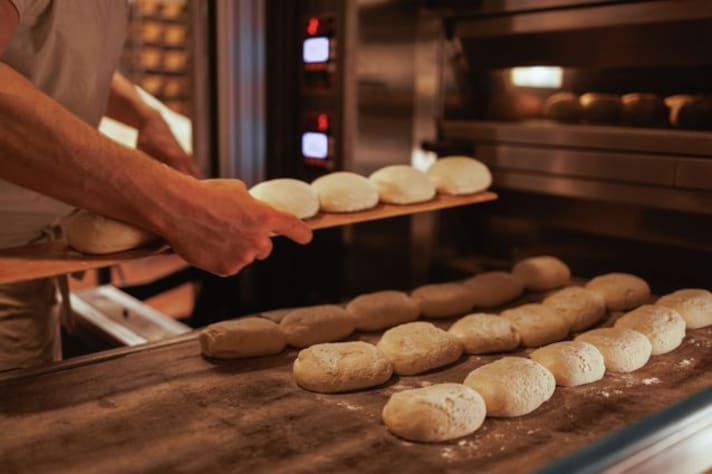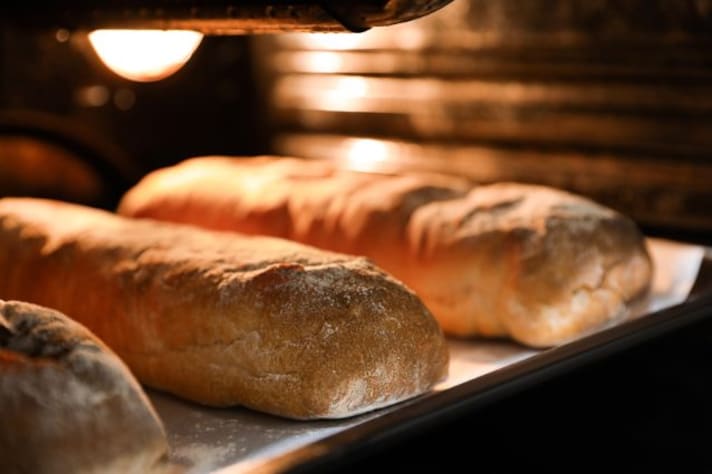How to Use Steam in the Oven for Better Bread and Roasts
Ever wondered why professional bakers add water to the oven when baking bread? Steam plays a crucial role in achieving that crispy, golden crust while keeping the inside soft and airy. But it’s not just for bread. Steam can enhance roasting and improve texture in various dishes. Let’s explore why adding water to an oven creates steam, how it works, and the best ways to do it safely at home.

Steam is often the secret ingredient behind bakery-quality bread. While home ovens don’t have built-in steam injection like commercial ones, there are easy ways to replicate the effect. Whether you’re baking a rustic sourdough or simply looking to improve texture, understanding how steam interacts with heat can take your cooking to the next level.
Why Do You Put Water in the Oven When Baking Bread?
If you’ve ever baked bread and ended up with a tough, dry crust, lack of steam might be the culprit. When water is added to a hot oven, it evaporates, creating a humid environment that slows the formation of the crust. This allows the bread to rise properly before the exterior hardens. The result? A loaf with a crisp, golden crust and a soft, fluffy interior.
Steam also helps:
- Enhance oven spring: The initial burst of heat causes the bread to expand, and steam prevents the crust from setting too quickly.
- Improve crust texture: Moisture keeps the outer layer flexible, allowing for better caramelization and a thinner, crunchier crust.
- Develop better flavor: Slower crust formation enhances the Maillard reaction, leading to a richer, deeper taste.

How to Add Steam to an Oven Safely
There are a few effective ways to introduce steam into your oven without damaging it or affecting the cooking process.
- Use a baking tray with hot water: Place a metal tray or oven-safe dish on the bottom rack and pour in boiling water just before baking.
- Spray water inside the oven: A quick misting with a spray bottle when placing the bread in the oven helps generate instant steam.
- Use a Dutch oven: This method traps moisture released from the dough itself, creating a self-steaming effect.
- Add ice cubes to a hot pan: The sudden heat change causes steam to form rapidly, helping the crust stay flexible.
Avoid pouring water directly onto the oven floor, as it can cause damage, especially in electric ovens.
Does Steam Help Other Types of Cooking?
While steam is essential for baking bread, it can also enhance other types of cooking.
- Roasting meats: A small amount of steam keeps roasted meats juicy while still allowing browning.
- Reheating leftovers: Steam prevents dishes like pizza and rice from drying out in the oven.
- Baking pastries: Steam can help certain pastries develop a crisp yet delicate texture.
Knowing when to add steam, and when to avoid it, can help elevate home cooking.

Adding water to an oven to create steam is a simple yet effective technique that transforms baked goods. Whether you’re looking for a crispier crust on your bread or a way to keep roasts tender, controlled steam can make a noticeable difference. With the right method, you can bring professional-level results to your home baking.
;Resize,width=767;)


;Resize,width=712;)
